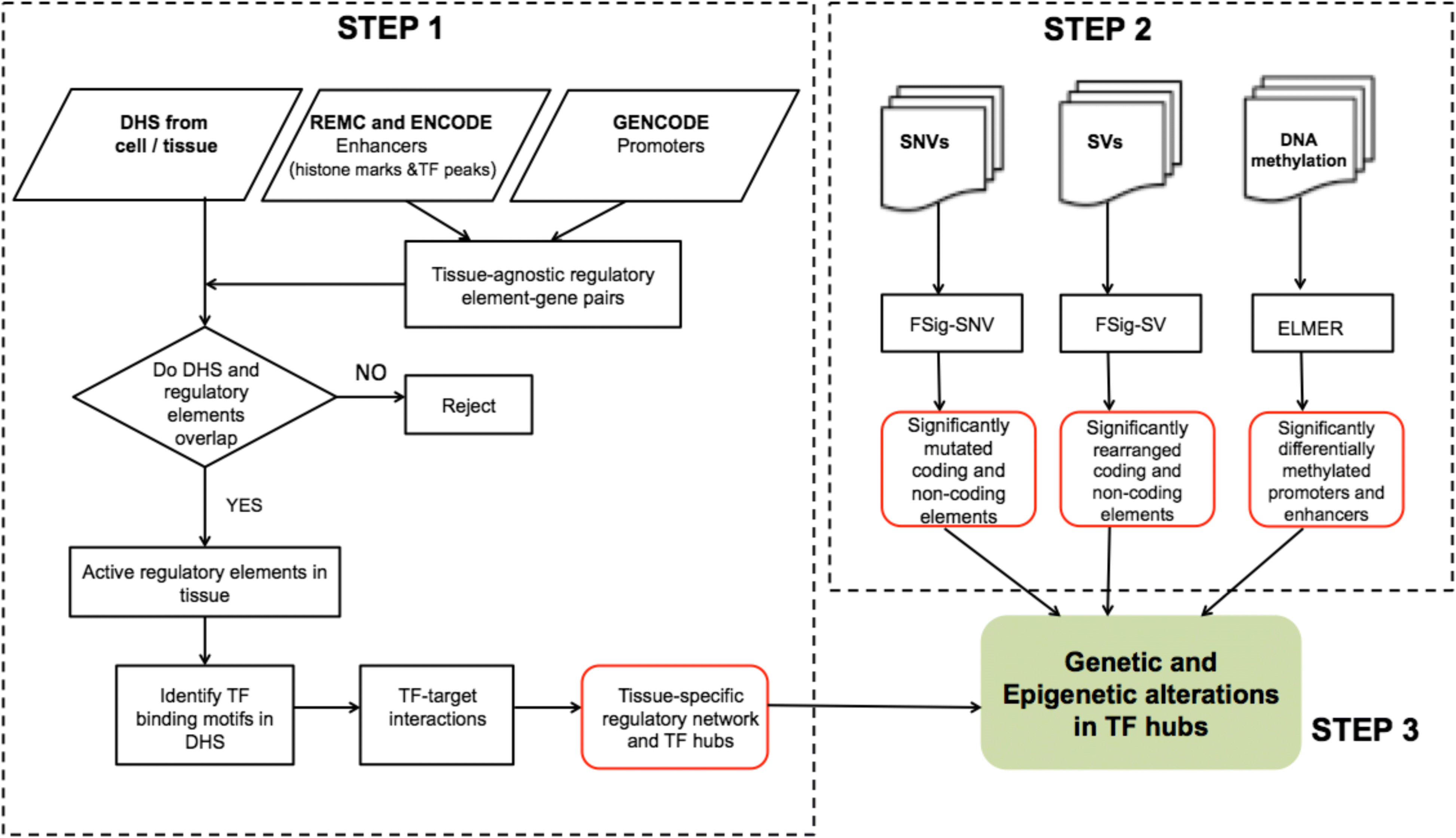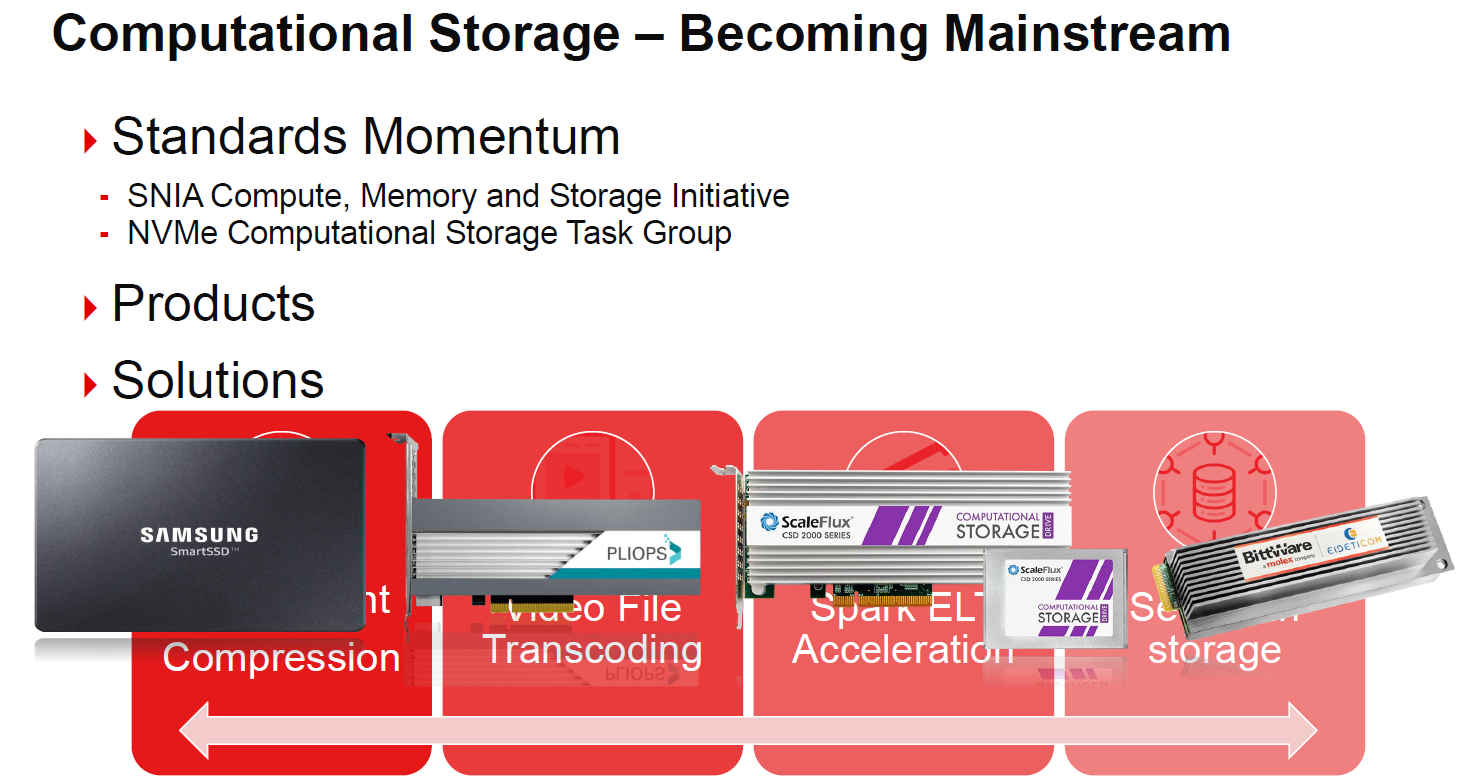Using computer-aided engineering (CAE) in the concept design stage of automobiles has become a hotspot in human factor engineering research. Based on human musculoskeletal biomechanical computational software, a seated human-body musculoskeletal model was built to describe the natural sitting posture of a driver. DozzaA computational driver model to predict driver control at unsignalised intersections IEEE Access, 8 (2020), pp. 131 CrossRef View Record in Scopus Google Scholar. Computational software is the enabling technology upon which all these drivers rely, and it is innovation in computational software that is helping shape the future.
Abstract: Motivation: Uncovering the genomic causes of cancer, known as cancer drivergenes, is a fundamental task in biomedical research. Cancer driver genes drivethe development and progression of cancer, thus identifying cancer driver genesand their regulatory mechanism is crucial to the design of cancer treatment andintervention. Many computational methods, which take the advantages of computerscience and data science, have been developed to utilise multiple types ofgenomic data to reveal cancer drivers and their regulatory mechanism behindcancer development and progression. Due to the complexity of the mechanisticinsight of cancer genes in driving cancer and the fast development of thefield, it is necessary to have a comprehensive review about the currentcomputational methods for discovering different types of cancer drivers.Results: We survey computational methods for identifying cancer drivers fromgenomic data. We categorise the methods into three groups, methods for singledriver identification, methods for driver module identification, and methodsfor identifying personalised cancer drivers. We also conduct a case study tocompare the performance of the current methods. We further analyse theadvantages and limitations of the current methods, and discuss the challengesand future directions of the topic. In addition, we investigate the resourcesfor discovering and validating cancer drivers in order to provide a one-stopreference of the tools to facilitate cancer driver discovery. The ultimate goalof the paper is to help those interested in the topic to establish a solidbackground to carry out further research in the field.
Submission history
 From: Vu Viet Hoang Pham [view email]
From: Vu Viet Hoang Pham [view email] Drivers Computational Skills
[v1]Thu, 2 Jul 2020 05:18:08 UTC (1,537 KB)
Full-text links:
Download:
Current browse context:Drivers Computational Practice
References & Citations
Drivers Computational Test



arXivLabs is a framework that allows collaborators to develop and share new arXiv features directly on our website.
Both individuals and organizations that work with arXivLabs have embraced and accepted our values of openness, community, excellence, and user data privacy. arXiv is committed to these values and only works with partners that adhere to them.
Have an idea for a project that will add value for arXiv's community? Learn more about arXivLabs and how to get involved.